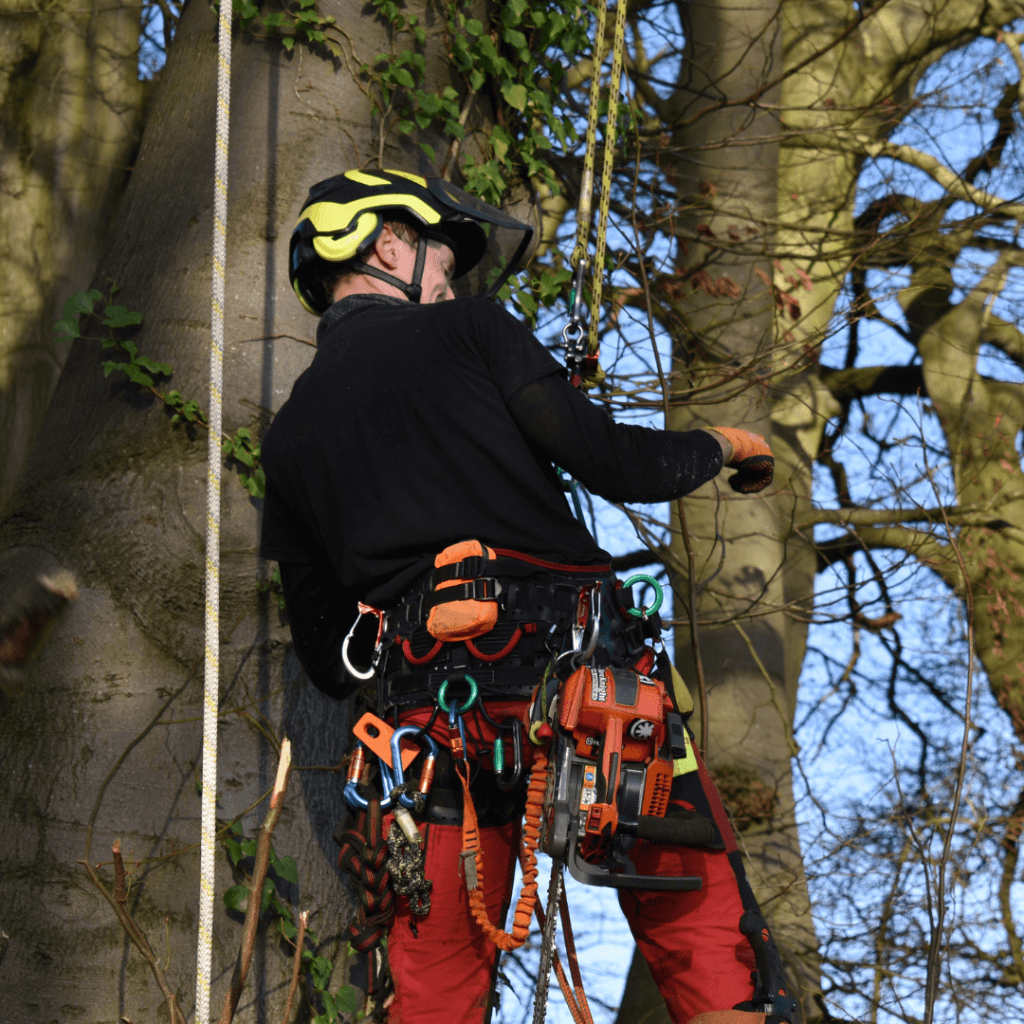
The Essential Equipment for any Entry-Level Arborist
Setting yourself up as an Arborist can often be a costly process. Before you can get yourself up a tree, you’ll need to get kitted out with a range of industry-specific equipment. And with the wide range of arborist equipment on the market, it can be hard to know where to begin.
For the entry-level Arborist, the decision starts by identifying the must-haves from the helpful add-ons; what are the essential tools you will need for your job?
Every arborist with experience will start to gain a list of favourite manufacturers or favourite tools for specific jobs. After you’ve worked in the industry for a few years, you’ll start to get a feel for what equipment best suits with your work style. Until then, we’ve come up with a beginners guide for the equipment you’ll need to get you started.
The Arborist Starter Kit
Personal Protective Equipment
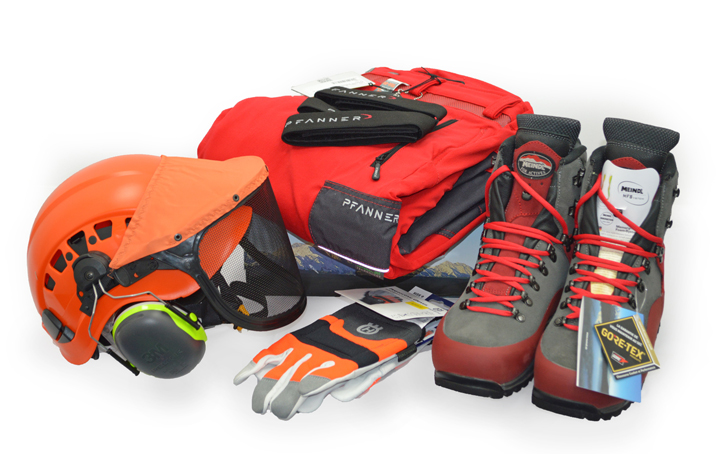
An absolute and first necessity, your Personal Protective Equipment is a key starting place. It is vital to your safety and should be the first thing to build into your budget.
Buying PPE as an arborist is different to what you would need as a construction or site worker. Each item will have to comply with specific PPE health and safety regulations and be suitable for tree work. For example, as the majority of Arborist work will require the use of a chainsaw, it is not enough to wear regular waterproof trousers or safety boots. Working with chainsaws requires dressing for the various and specific hazards they present.
As a minimum, you’ll need a helmet, chainsaw trousers, chainsaw boots and chainsaw gloves. Chainsaw boots must comply with the EN ISO 20345:2011 standard, with the ability to resist 200 joules impact. Similarly, chainsaw trousers must be up to EN381-5 Class 1 safety standard and should offer Type C (front and back) protection. When choosing your helmet, bear in mind the level of noise protection you require – if working with larger saws or regularly using a chipper, you should consider a helmet with chipper muffs.
We’ve written a number of gear guides on the best chainsaw safety clothing and equipment, which cover the majority of the PPE necessary for work as an Arborist.
And, our range of Chainsaw Helmets and Chainsaw Jackets and Sleeves.
Not to be forgotten, either, is your personal first aid kit and safety whistle and any high visibility garments that your risk assessment may identify as necessary.
Harness
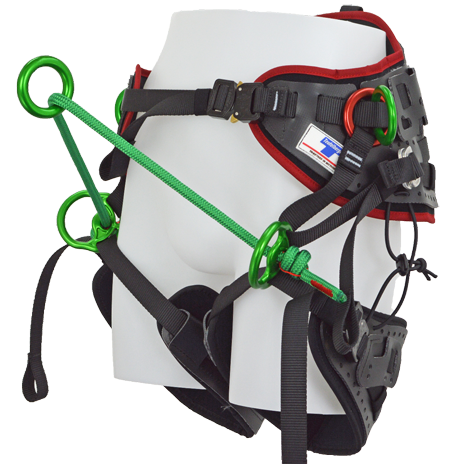
Your harness is one of the most integral and vital parts of your daily work kit. It’s your harness that’s going to provide you with safety and security at height, and facilitate your job performance – so its worth getting right.
We’ve written a pretty in-depth guide to buying a new climbing harness already, so we’re going to keep this light and leave with, what we think, are three good harness choices for a beginner – based on customer feedback, popularity, and versatility:
- Bolt Orion Climbing Harness (good leg and back support, and very reasonably priced for anyone working to a budget)
- Teufelberger’s TreeMotion Climbing Harness (most expensive, but highly adjustable and our biggest seller)
- Petzl Sequoia Climbing Harness (a nice lightweight harness often popular with younger users)
Rope
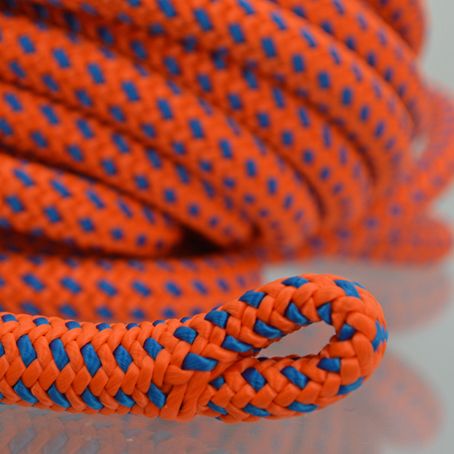
Ropes are at the centre of every function you’ll perform as an arborist, which is why it’s important to get a good rope, look after it and inspect it before each use.
Most tree surgeons prefer a rope that comes with a factory made eye, and these generally come in 35 or 45m coils, 35m being the most popular length. If you’re working to a budget, you can buy rope by the metre, and tie your own eye in it.
Tree climbing ropes mostly come in two diameters: traditional ‘half-inch’ rope, which is around 13mm diameter, or more modern lightweight ropes of 11-12mm diameter. 11-12mm ropes are lighter, work better with some devices, and facilitate rapid ascent and descent. A 13mm rope is generally considered easier on the hands and may be more appropriate for a beginner as it provides higher levels of friction in conjunction with other components (such as a prussic), making for a slightly slower and more controllable system.
Part of taking care of your rope is preventing damage by properly coiling it, and keeping it separate from the rest of your kit so it isn’t subject to wear and tear from your other gear. Buying a rope bag to properly store your rope enables you to store your rope without getting damaged – and if you’ve invested in a good rope, we recommend it’s worth looking after it!
Prussic or Friction Hitch

You’ll need a means of ascending your rope, and there’s a variety of ways to do this. Ultimately, you’ll likely invest in some type of ascender – such as a Petzl ZigZag or an ART Lockjack – but to start with you can get going with a very simple and cost-effective prussic loop, split tail or friction hitch kit.
Karabiners
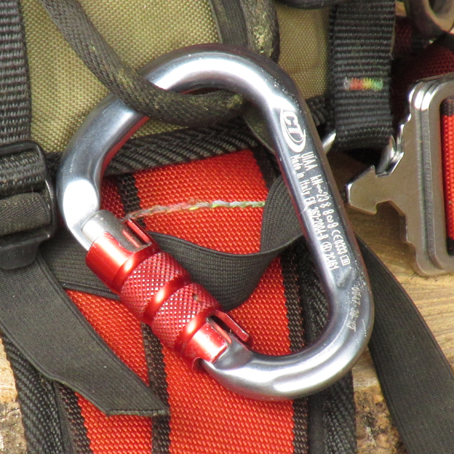
Climbing karabiners are essential for securing yourself to ropes and carrying out various climbing tasks. To meet current regulations, any karabiner you use for climbing or PPE purposes should have a three-way locking gate and a minimum strength rating of 23kN on the major axis. Alloy karabiners are generally preferred for climbing as they are a lot lighter weight than steel, which is used for rigging operations.
For a basic climbing kit, you’ll probably want about 4 karabiners, a selection of a variety of shapes and sizes is a good plan, as over time you’ll get a feel for which works well for what setup.
Make sure that you use properly manufactured load bearing Karabiners conforming to EN362, and not just ones you found in your Useful Things drawer!
Lanyard
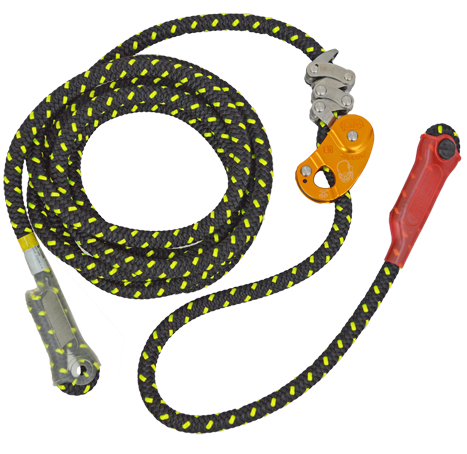
Lanyards are the short pieces of arborist rope that you’ll use to position yourself in relation to the tree whilst working, climb short distances, or provide a secondary attachment point for safety – and are necessary pieces of equipment.
You’ll need a lanyard that is adjustable, allowing you movement both towards and away from the trunk. The longer your lanyard is, the more versatile it is, but you need to balance this with the extra weight and bulk of carrying around extra meterage of rope that you may rarely use. 3 metres is the most popular length and can be bought as a complete unit such as the Petzl Grillon, or you can make one up from a split tail and prussic or rope grab.
PRO TIP: Buying a lanyard that is a different colour to your main climbing rope, helps to easily differentiate between the two in the tree.
Chainsaw Strop
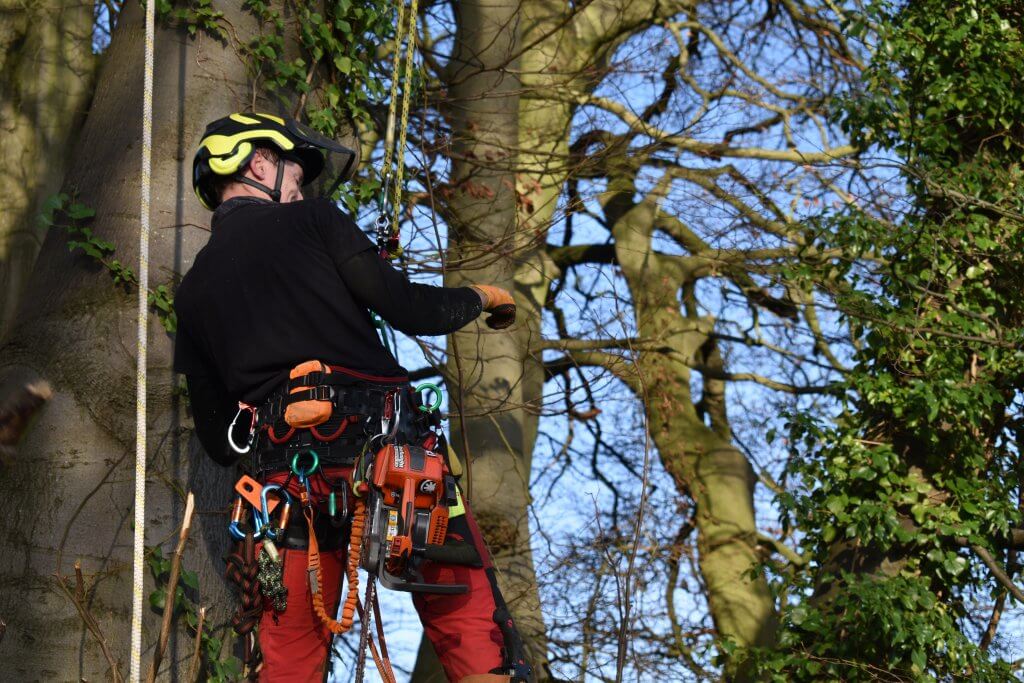
If you’re planning to do your aerial chainsaw training, you’ll need a chainsaw lanyard to attach your saw to your harness.
And more
There are numerous other pieces of kit which, whilst not immediately essential for getting started, you’ll probably want to add to your arsenal sooner or later. When to buy is your choice, but here’s a few things for consideration:
Throwbag and line: The method used by most tree surgeons to install the rope in the tree is to use a throw line and a throw weight – a lightweight polyethylene line (usually around 3mm diameter) attached to a small throw weight. A good throwline, throwbag and technique can reduce the need to repeatedly advance your climbing line and save you time, effort and unnecessary risk.
Climbing irons: At some point in your career, you’ll likely be wanting a pair of these. If budget allows, go for a set with velcro pads – the extra comfort is well worth the investment.
Flipline: If you’re using climbing irons, you’ll also need a steel core flipline.
Cambium Saver: This piece of kit is not only kinder to the tree, but saves a lot of unnecessary wear on your rope.
Pulleys: Useful for various tasks, such as tending a prussic or setting up a redirect, small climbing pulleys or micropulleys, are handy extras to have around.
Rigging gear: As soon as you start any serious tree work, you’ll be needing some rigging (lowering) kit – but more of that another day!
Before You Buy…
With all of our suggestions in mind, it is important that you take this list as a well-intentioned starting point and do your own research before purchase, such as talking to your training provider.
Before you buy, especially with equipment like a harness, which will become almost permanently attached to you, it’s best where possible to try before you buy. If you can’t make it into a store, ask around your colleagues and see if you can borrow any of their gear for a test climb. Alternatively, order 2-3 different harnesses online, have a good study of them at home, try them for fit and comfort (ensuring you keep them in perfect condition and don’t remove tags etc) then keep your favourite and return the others.
